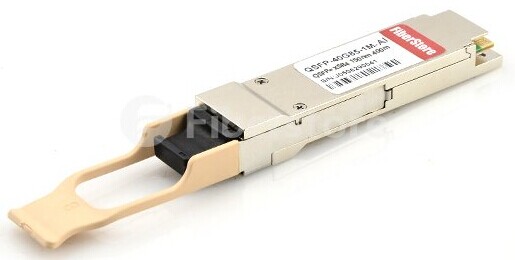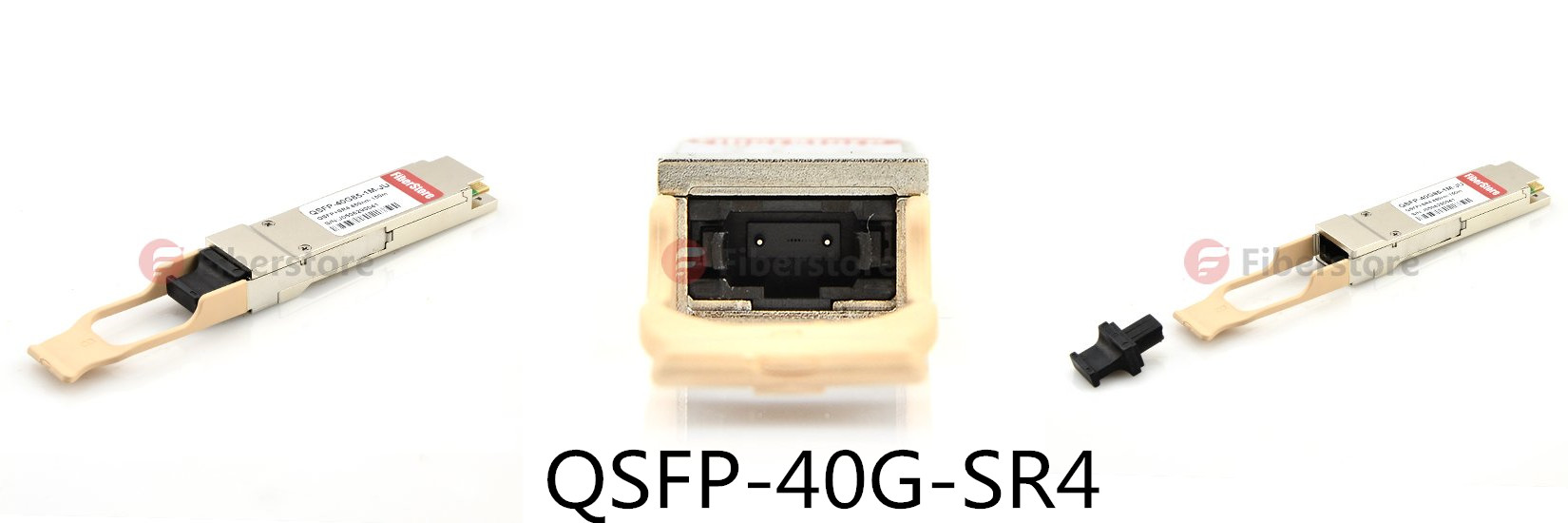In order to meet the demand for increased network bandwidth, migration to 40G Ethernet links for switch to server and storage area network connections in data centers and 100G Ethernet links for core switching and routing connections in the backbone is the trend.
The requirement for higher data rates is being driven by many factors. Switching and routing, virtualization, convergence and high-performance computing environments are examples of where these higher network speeds will be required within the data center environment. Additionally, Internet exchanges and service provider peering points and high-bandwidth applications, such as video-on-demand, will drive the need for a migration from 10- to 40- and 100-Gbit interfaces.
There is various ideal equipment for 40 Gigabit Ethernet applications, such as cables, transceivers, connectors and switches for 40G transmission. For instance, OM3 and OM4 multimode fibers are widely used in 40 Gigabit applications especially in data centers. These cables have lower cost than singlemode fibers, for they can avoid higher costs created by single-mode laser source. The transceivers connected by cables is at the center of the 40 Gigabit Ethernet network layer. They are usually connected by OM3 or OM4 fibers and can be plugged into a variety of components including interface cards and switches or network servers. The common types of 40G transceivers are C Form-factor Pluggable (CFP) transceivers, and Quad Small-Form Pluggable (QSFP) transceivers. For example, Cisco QSFP-40G-CSR4 compatible QSFP+ transceiver supports link lengths of 82m, 300m and 400m, respectively, on OM2, OM3 and OM4 multimode fibers at a wavelength of 850nm.

100G is ready here. Tens of thousands of 100G Ethernet links deployed in core routers and carrier switches. Vast majority are CFP modules and CFP2 deployments are now starting. In addition,100G is rapidly expanding. For instance, new optical standards for the data center (100G SR4, CWDM4, PSM4) and new higher density 100G module form factors like CFP4 and QSFP28 are on the way. High port-count 100G switches are being designed and many 100G modules will be used to support high-density 10G and 25G. It is said that 100G and 4x 25G deployments are expected to grow substantially starting in 2015. 100G products mainly include 100GBASE-SR10 and 100GBASE-LR4 CFP/CFP2/CFP4 and 120G AOCs. Additionally, QSFP28 as the 100G module form factor of choice for new data center switches is also launched.
The most direct difference of 40G and 100G optics is the data rate. But actually, 40G and 100G optics have their own merits.
Characteristic of 40G Pluggable Optics
- Lowest cost per bit
- MMF reaches up to 300 m
- Breaks out to 4 x 10G
Characteristic of 100G Pluggable Optics
- Highest density per bit
- Lowest power consumption
- MMF reaches up to 100m for now
- Breaks out to 4 x 25GE
Content and application growth is driving the growth in bandwidth and traffic as well as growth in optical links. 40G and 100G optics developments are supporting the growth in traffic with smaller module form factors for higher port density with lower power consumption and lower cost per bit. Meanwhile, new link speeds like 25G, 50G, 200G and 400G are being standardized. The pluggable optics will continue to develop to further satisfy the changing requirements in data center.


